Thursday, May 30, 2019
China In Latin America
How Chinese projects are tearing communities in Ecuador apart Investments from Beijing have brought infrastructure and jobs – but they have also seen communities forced off their land as well as the murder of a strident critic. To some Ecuadoreans, the social and environmental impact is too high a cost ...... The biodiversity that makes it stand out, some fear, may soon be gone thanks to the country’s largest mine. ....... Out of 15 countries in Latin America that have received Chinese funding, Ecuador is among the top three borrowers, with a total of 15 loans estimated at US$18.4 billion........ The mine covers some 10,000 hectares, and the Ministry of Mining calculates it will produce 3.18 million tonnes of copper, 843.21 tonnes of silver and 105.44 tonnes of gold. ...... The region’s mountains are being carved up, there is ongoing deforestation and rivers are being discoloured by run-off from the mine. .......... “As you can see, I am here alone after they destroyed the community,” he says, referring to San Marcos, whose residents had their land seized by the government. “I rarely have visitors. I spend eight or 15 days without seeing people. Living alone is bad.” ...... What we asked was to be relocated to similar areas. But instead [EcuaCorriente] went there, offered some money [to the people in the area as compensation for their land] and that was it ...... “Many of us don’t care about money,” Uyuguari insists. “What we care about is to have a dignified house and land to work on. They don’t understand this and, unfortunately, the judiciary here in Ecuador is all in favour of the big companies. The policies don’t take into consideration campesinos like myself.” ....... The contract between the Ecuadorean government and Chinese firm EcuaCorriente was signed in 2012, and the construction of the mine began three years later. Many remember the optimism that followed. There were promises of new roads, schools and hospitals. ............ Tundayme residents also say there is a stark cultural gap between locals and Chinese workers that is hard to overcome, and interactions between the two are limited due to the language barrier. ....... “When the Canadians were here it wasn’t good, but there was some equality,” said a 30-year-old former worker at the mine. “They spoke more Spanish and they ate our local food.” ........... “I am not against the mine,” the worker says, noting its importance for the region. “But many things have not been done properly. We Ecuadoreans are barely benefiting from this project.” ....... the mine may not be the best solution for the region, Quinatoa says “given our local economy, it’s the best at the moment”....... The environmental group Amazon Watch estimates that total deforestation in the region affected by the mine from 2010 to the end of 2017 was 1,307 hectares. ...... “The construction method of the dams that [EcuaCorriente] is building at the Mirador mine is so risky that its construction is illegal in Chile and, a few weeks ago, was declared illegal in Brazil,” Prieto says. The case is now being dealt with by Ecuador’s Constitutional Court............ “The fact that José Tendetza was killed, that this case remains unpunished and that his family was silenced and isolated is profoundly racist, classist and violent.”
The Ecuadorean resistance From farmers who say the water in their land has been drained to indigenous groups on the verge of disappearing, the effects of Chinese-run projects are rippling across the country – and Ecuadoreans are making their displeasure felt ........ Observers say many of these investments got off the ground after faulty or non-existent consultations. Once they are set up, they are protected by opacity – with reports such as environmental studies often kept hidden from the public – and high security measures. ........ In August 2016, hundreds of police officers and soldiers entered the parish of Santiago de Panantza, in the province of Morona Santiago, and evicted a small Shuar community of eight families – about 32 people – known as Nankints to make way for the mine. ...... public security forces have been called to protect international investments during protests; laws and regulations have been bent to suit new economic policies; and foreign investments are often prioritised over traditional livelihoods and the environment. ....... In 2018, the country produced about 517,000 barrels a day of crude oil – its top export. ..... According to the environmental group Amazon Watch, the park contains more endemic tree species in one hectare than all of the United States and Canada combined. It is also home to the Waorani indigenous people, and two nomadic Waorani clans – the Tagaeri and Taromenane – who live there in voluntary isolation. ........ Up north, in the Amazon basin, the giant dam known as Coca Codo Sinclair – financed and erected by the state-owned Chinese Sinohydro Corporation – had a grand opening in 2016, attended by Chinese President Xi Jinping and then Ecuadorean president Rafael Correa. ...... communities living near the project “were left weakened”: “What is happening in these places is that people feel they have little say over their own territory.” ..... The US$90 million project was expected to bring in more than US$300 million for the Ecuadorean government over that period, and create hundreds of jobs....... “We used to support the mine. I think most of us only became aware of its impacts in 2017,” she says. “We realised that the water was drying up.” ...... Violent confrontations have occurred between authorities and locals – and even between communities who have differing opinions on the project. ...... Those against the mine welcomed a landmark decision last June, when a court ordered Ecuagoldmining to halt work because indigenous communities in the area had not been consulted......... A Chinese environmental lawyer, Jingjing Zhang, contributed to that victory. She testified to the court in Cuenca that China had ratified the United Nations Declaration on the Rights of Indigenous Peoples in 2007, which meant it supports prior consultation and consent...... She also noted that Chinese enterprises abroad are bound by the laws and environmental regulations of the host country ....... She recalls the violence from last year, when there were clashes between residents from different villages, and between locals and authorities. “We are in danger and we don’t know what will happen. Virgin Mary help us! So much cruelty,” Urtado says.
In The News (4)
As trade war heats up, China threatens clampdown on "rare earths" Rare earths are a group of 17 elements used in everything from mobile phone cameras and automobile catalytic converters to wind turbines and MRI machines....... China dominates the global supply of rare earths and accounted for almost 80% of exports to the U.S. last year. ...... rare earths are ubiquitous in modern life, and their use is likely to spread as technology advances. ...... One rare earth element, lanthanum, makes up as much as 50 percent of digital camera lenses, including cell phone cameras. ....... One reason China is the global leader -- it's been pulling rare earths out of the ground for a long time. The country spent a century perfecting the refining method for extracting and refining rare earths in large enough quantities to keep costs manageable. ....... JJ Kinahan, chief marketing strategist at TD Ameritrade, said China's threat to use rare earths as a weapon against the U.S. is worrisome. "What it shows to me is that there is a little bit of a worsening relationship here," he said. "They went pretty deep in the bag to throw out something that would hurt." ...... China's goal is to paint the U.S. as a "lawless actor" that disrupts economic growth ...... China blocked some rare-earth exports to Japan after a maritime dispute in 2010. That led some countries to search for alternatives -- and a protest by Japan with the WTO, which ruled in 2014 that the restrictions on rare-earth exports were illegal.
‘Don’t say we didn’t warn you’: A phrase from China signals the trade war could get even worse The phrase “Don’t say we didn’t warn you” has been used by the People’s Daily in 1962 before China’s border war with India and ahead of the 1979 China-Vietnam War. ...... China threatened it would cut off rare earth minerals as a countermeasure in the escalated trade battle. The materials are crucial to the production of iPhones, electric vehicles and advanced precision weapons ...... The S&P 500 has lost nearly 6% this month.
Survivors Of Sexual Abuse By Nuns Want Greater Visibility For Their Claims Now in her late 60s, Cahill has struggled with PTSD and addiction to drugs and alcohol for decades, both fueled by having been sexually exploited as a minor......."To say, 'I was sexually abused by a nun' without immediately the cloud of, 'You're a sinner, this was a lesbian relationship, you tempted her...I'm not living in shame any longer," she said.
Escalating Iran crisis looks a lot like the path US took to Iraq war half of all Americans believe the U.S. will go to war with Iran "within the next few years" ..... Is Iran doomed to be an Iraq redux? This is just one of the questions raised by a crisis that has eerie parallels to the missteps that led to the Iraq War in 2003, where the buildup to conflict was precipitated by faulty intelligence and confrontational foreign policymakers such as John Bolton in President George W. Bush's administration. ....... In an opinion article in The Guardian in 2013, Bolton wrote: "Overthrowing Iraqi dictator Saddam Hussein in 2003 achieved important American strategic objectives. Our broad international coalition accomplished its military mission with low casualties and great speed, sending an unmistakable signal of power and determination throughout the Middle East and around the world. Despite all the criticism of what happened after Saddam's defeat, these facts are indisputable." ...... Meanwhile, with the failed outcome of the 2003 Iraq War still plain to see, Bolton started ramping up his outspoken criticism of Iran's Islamic Republic. In 2009, as President Barack Obama's administration entered into what would turn out to be almost five years of negotiations with Iran over its nuclear program, Bolton said: "Ultimately, the only thing that will stop Iran from getting nuclear weapons is regime change in Tehran." As the deal entered its final stages, Bolton advocated in a New York Times opinion piece that the U.S. join forces with Israel: "Time is terribly short, but a strike can still succeed. Such action should be combined with vigorous American support for Iran's opposition, aimed at regime change in Tehran," he wrote. The articled was headlined: "To Stop Iran's Bomb, Bomb Iran."....... Bolton calls Iran "the central banker of international terrorism" and accuses Tehran of pursuing nuclear weapons and missiles to deliver them and of "tyrannizing its own people and terrorizing the world." The video ends with a direct threat to Ayatollah Ali Khamenei, Iran’s Supreme Leader: "I don’t think you’ll have many more anniversaries to enjoy," Bolton says. ..... Speaking in Abu Dhabi, Bolton said Wednesday that there had been a previously unknown attempt to attack the Saudi oil port of Yanbu as well. "Who else would you think is doing it? Somebody from Nepal?" .......... As for Trump's position on Iran, nobody seems to know the president's mind, not even, perhaps, the president.
Space internet maybe end of year, says SpaceX This new batch of satellite-driven internet systems, if they work and are eventually switched on, could provide broadband to most places, including previously internet-barren locations, such as rural areas. That would be good for high-bandwidth, low-latency remote-internet of things (IoT) and increasingly important edge-server connections for verticals like oil and gas and maritime. Data could even end up getting stored in compliance-friendly outer space, too. Leaky ground-based connections, also, perhaps a thing of the past........ Laser technical progress, where data is sent in open, free space, rather than via a restrictive, land-based cable or via traditional radio paths, is partly behind this space-internet rush. “Bits travel faster in free space than in glass-fiber cable,” LeoSat explained last year. Additionally, improving microprocessor tech is also part of the mix...... Global penetration of the “populated world” could be obtained after 24 launches, it thinks.
Why astronomers are worried that SpaceX’s satellite network will pollute the night sky The satellites, strung out like a line of glowing army ants, shone brightly as they moved along their orbit around Earth, clearly visible to the naked eye. Now, many in the astronomy community are concerned that this mega constellation might be too bright, and the sheer number of satellites that SpaceX wants to launch could muck up their telescope observations of the Universe. ...... Satellites can be seen for a few hours around dusk and dawn when they catch the light from the Sun as the sky dims, but they won’t reflect light for many hours of the night whenever they are in the shadow of the Earth. However, in higher latitudes during the summer, satellites can be seen throughout the evening. ...... at a latitude of 52 degrees north (about where London is located), there will be 84 Starlink satellites above the horizon at all times. ...... “So what something like Starlink will do, it’ll shut off some of those frequencies from the possibility of study.” Lonsdale also argues that there is a possibility that there will be some level of transmission that spills outside the intended frequency bands....... it’s unusual to have not consulted on this kind of impact.”
VIDEO! Prepare to be mind-blown!
— Dr Marco Langbroek (@Marco_Langbroek) May 24, 2019
The train of @SpaceX #Starlink satellites passing over Leiden, the Netherlands, some 25 minutes ago. Camera: WATEC 902H with Canon FD 1.8/50 mm lens. I was shouting when they entered FOV!@elonmusk https://t.co/xChLDH32uk
For no reason at all, here's what it looks like when a satellite goes through Hubble's field of view whilst you are trying to image something in the distant solar system. pic.twitter.com/eLWR1ncdqx
— Alex Parker (@Alex_Parker) January 25, 2018
There are already 4900 satellites in orbit, which people notice ~0% of the time. Starlink won’t be seen by anyone unless looking very carefully & will have ~0% impact on advancements in astronomy. We need to move telelscopes to orbit anyway. Atmospheric attenuation is terrible. pic.twitter.com/OuWYfNmw0D
— Elon Musk (@elonmusk) May 27, 2019
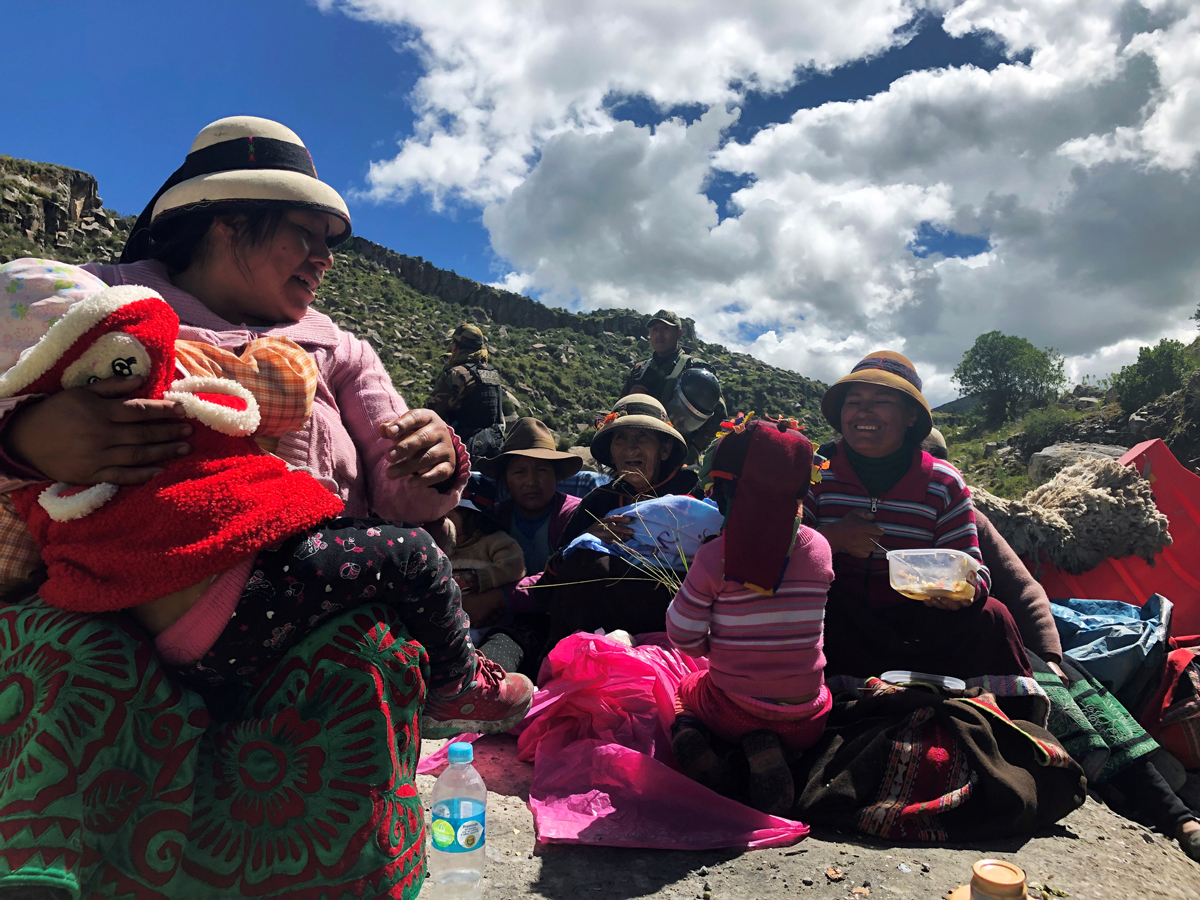
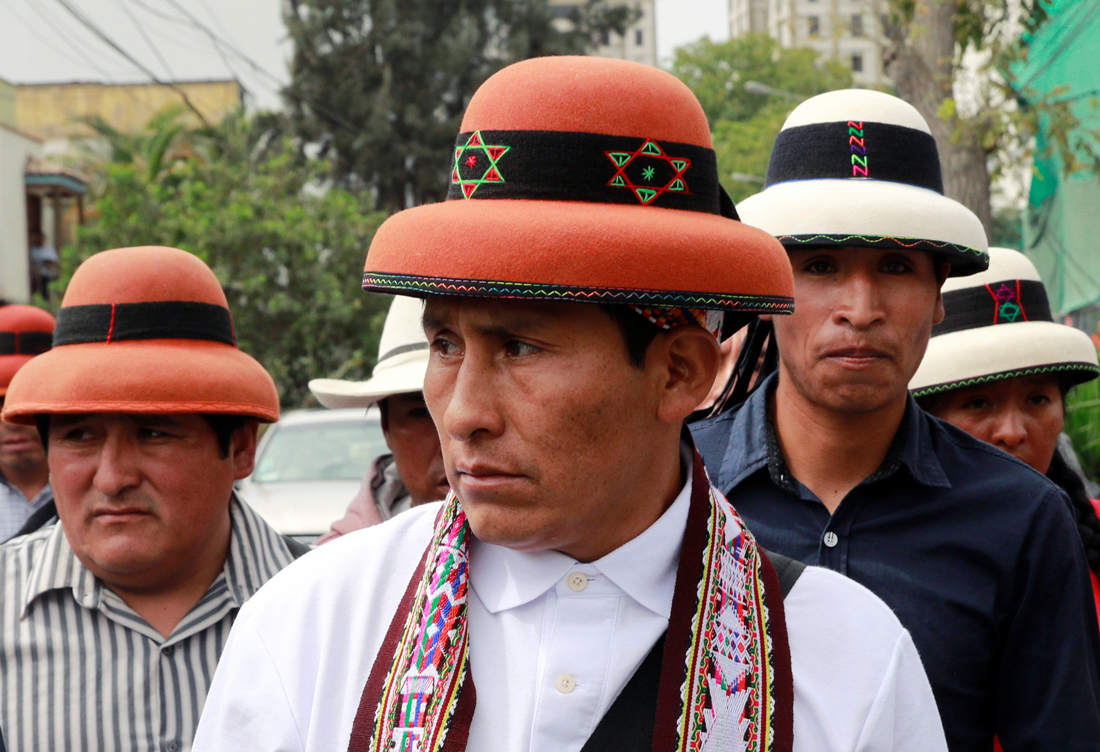
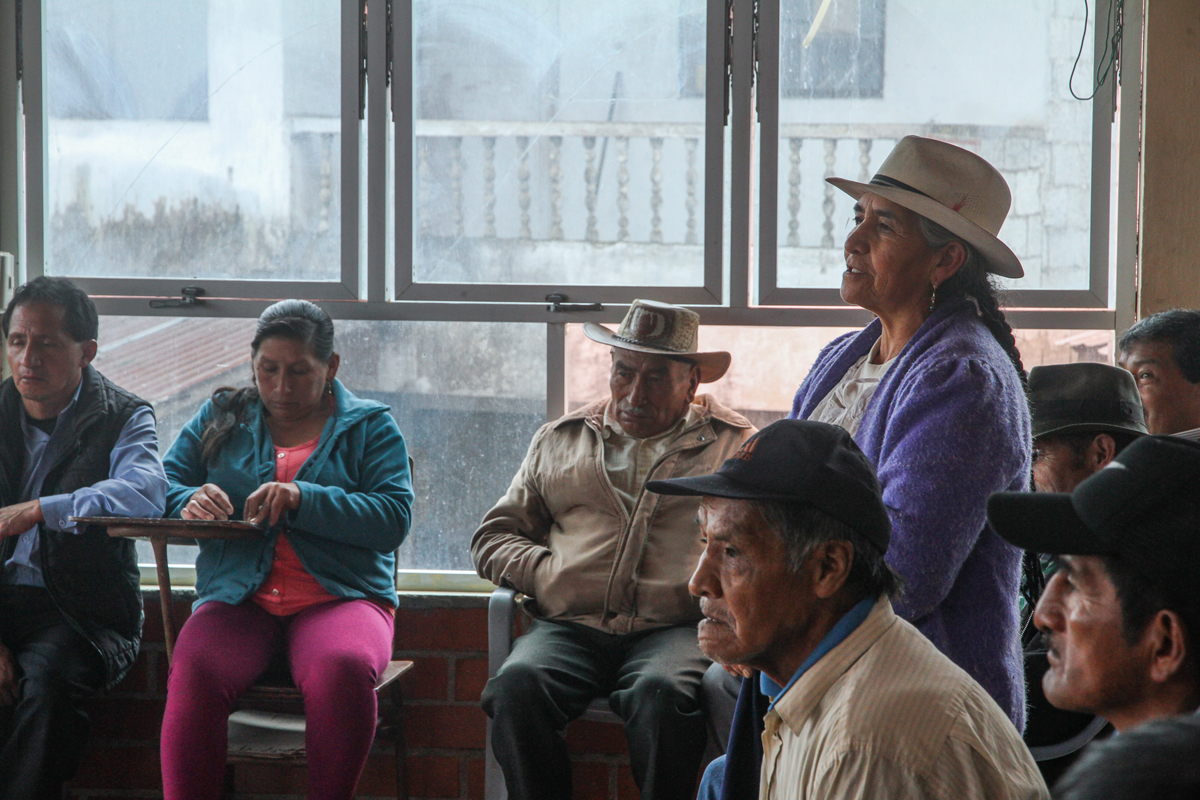
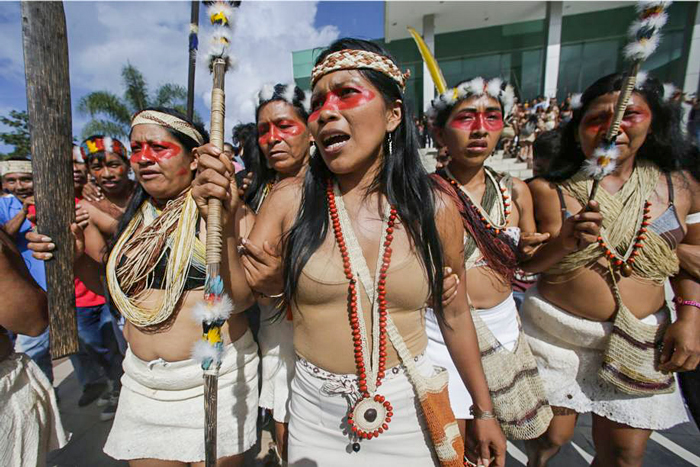


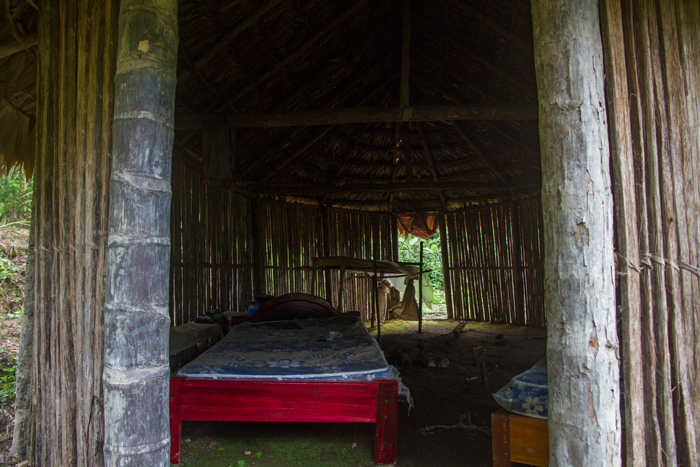
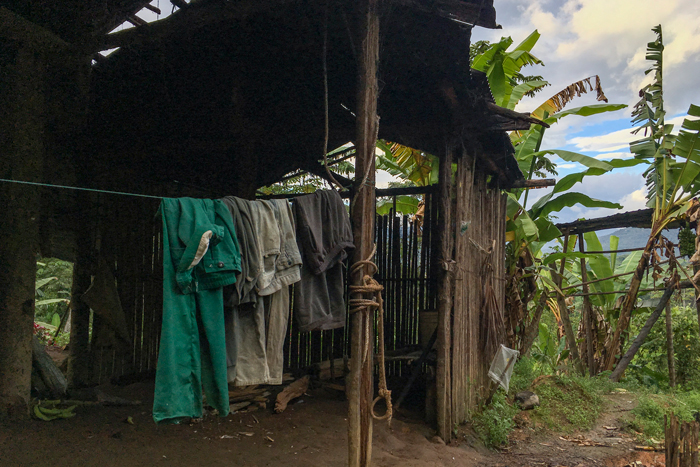
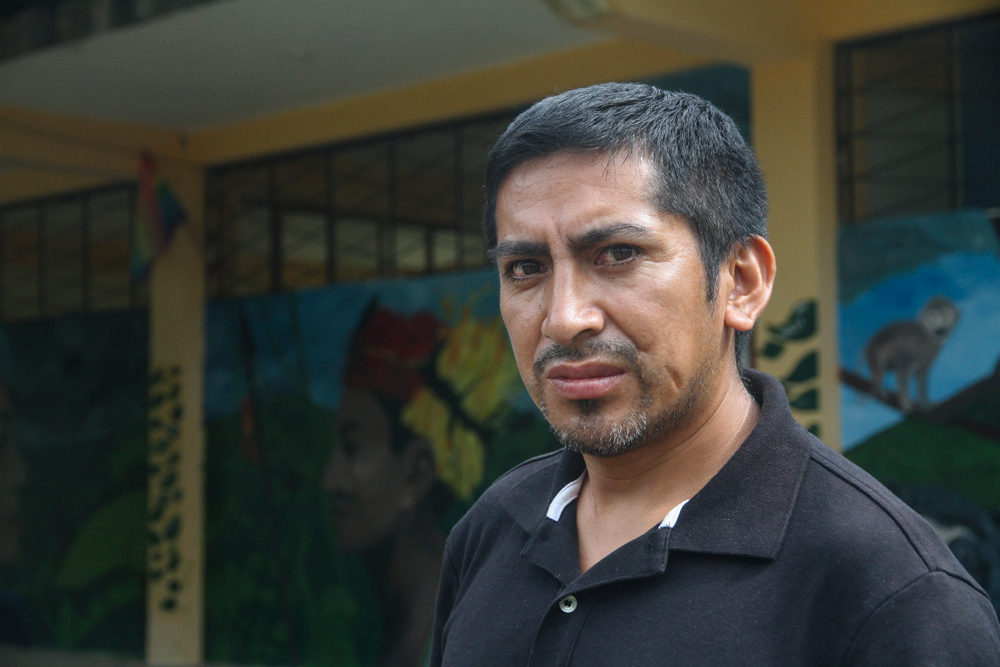
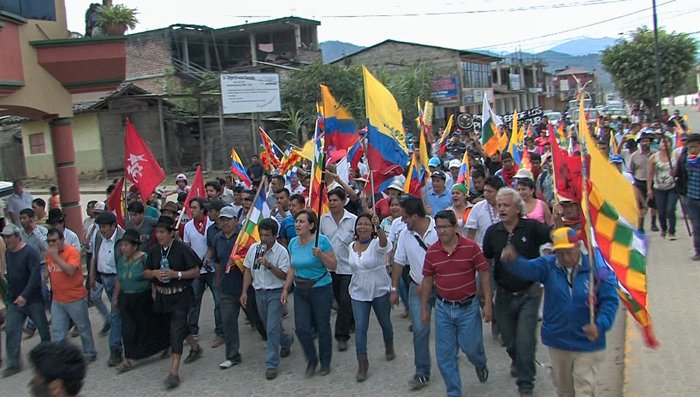
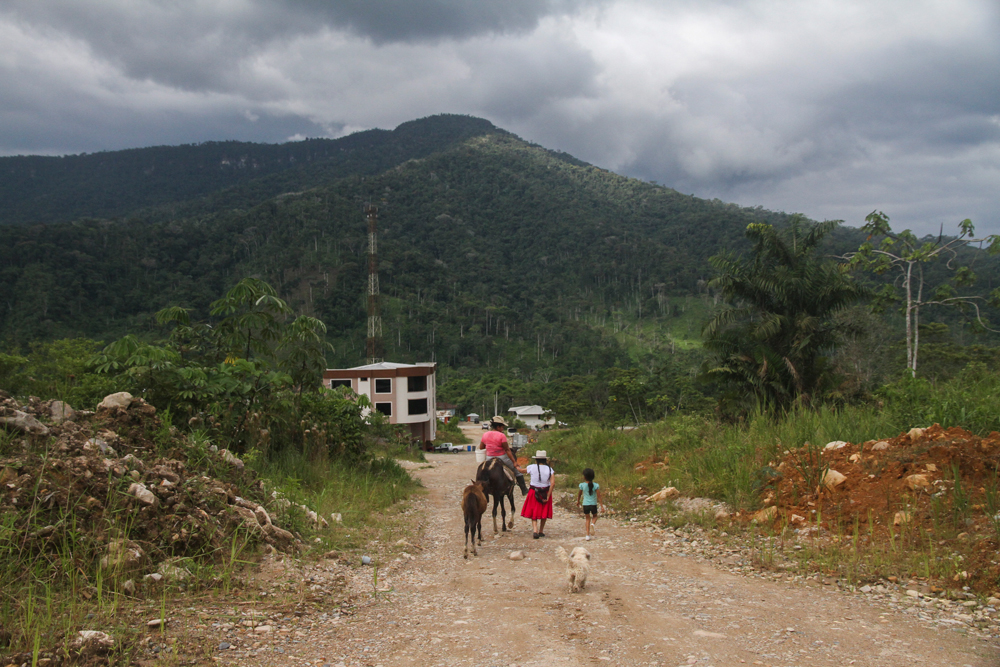
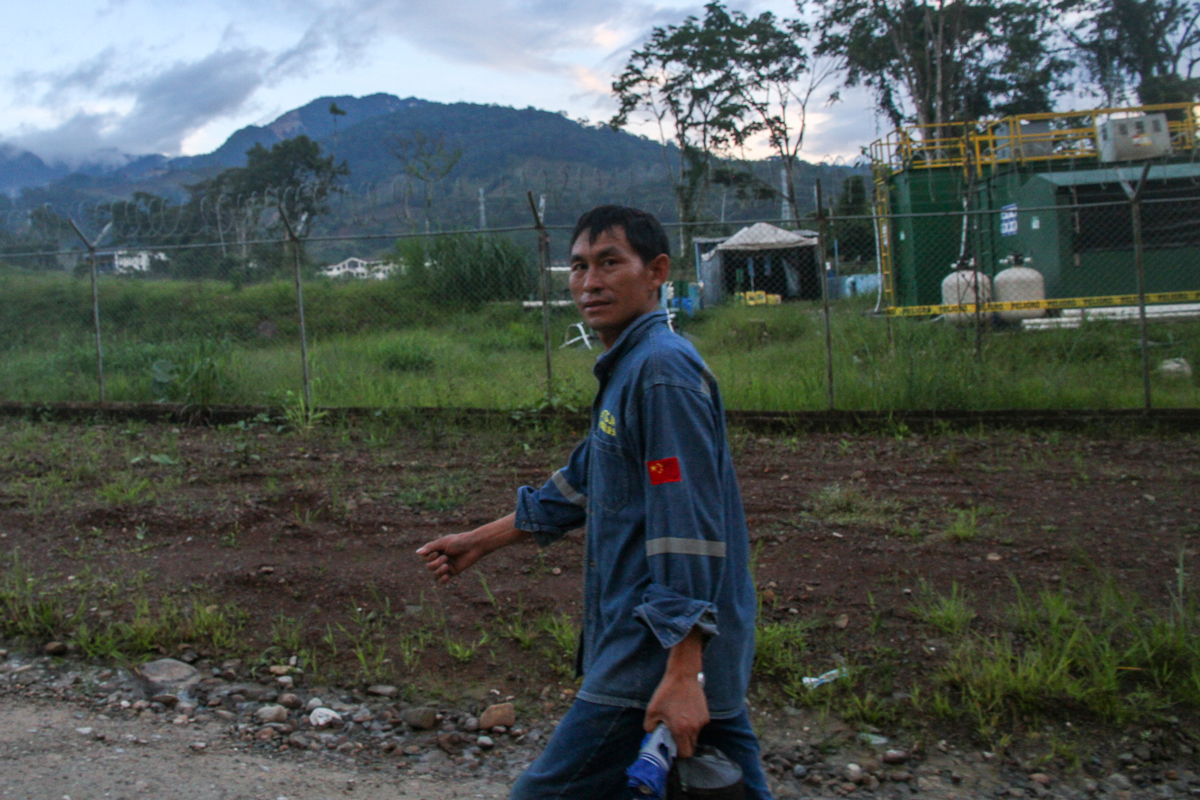
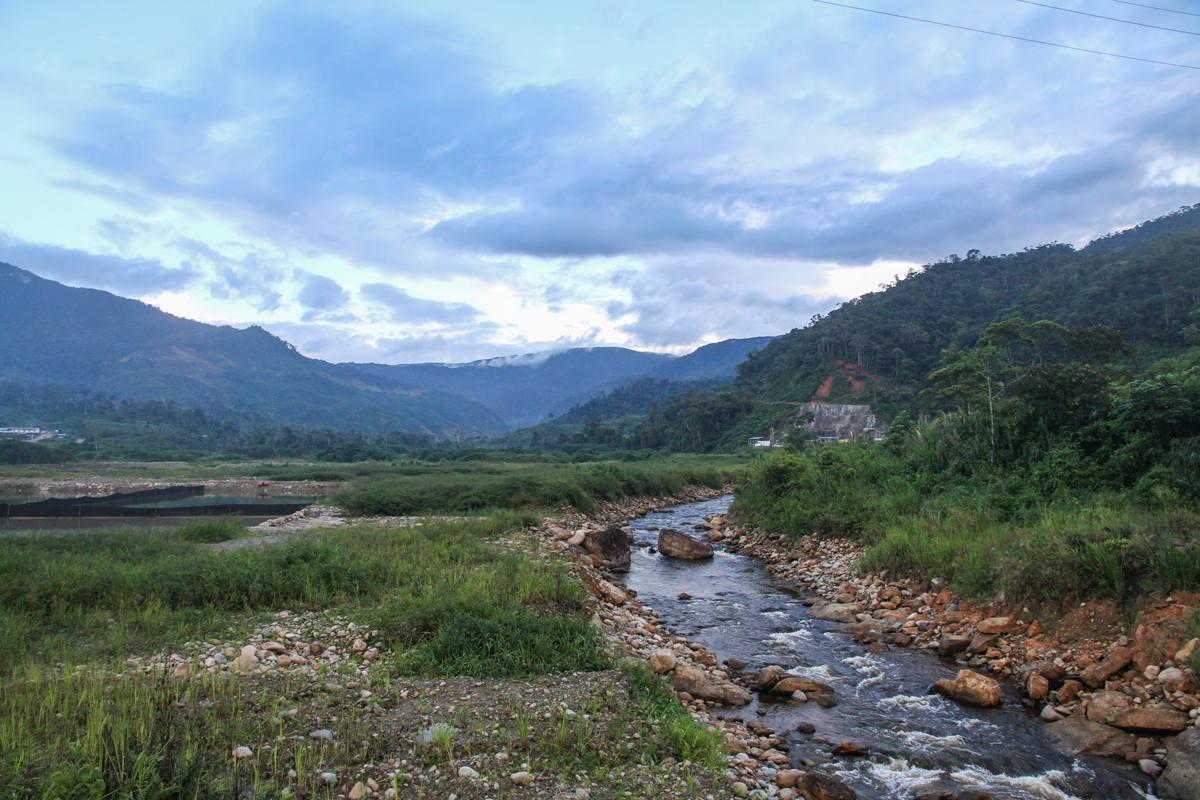

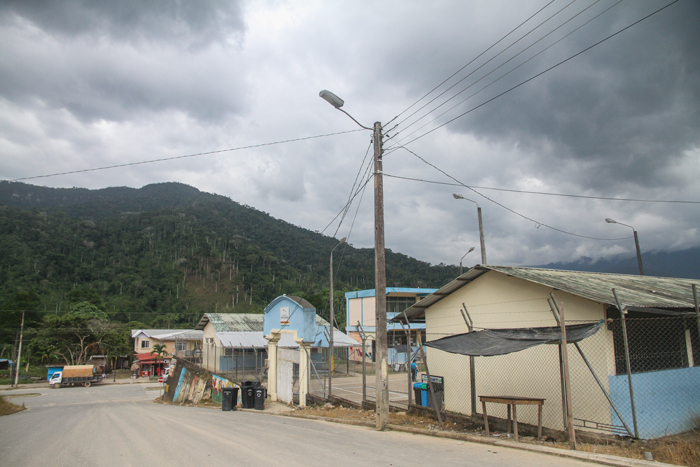
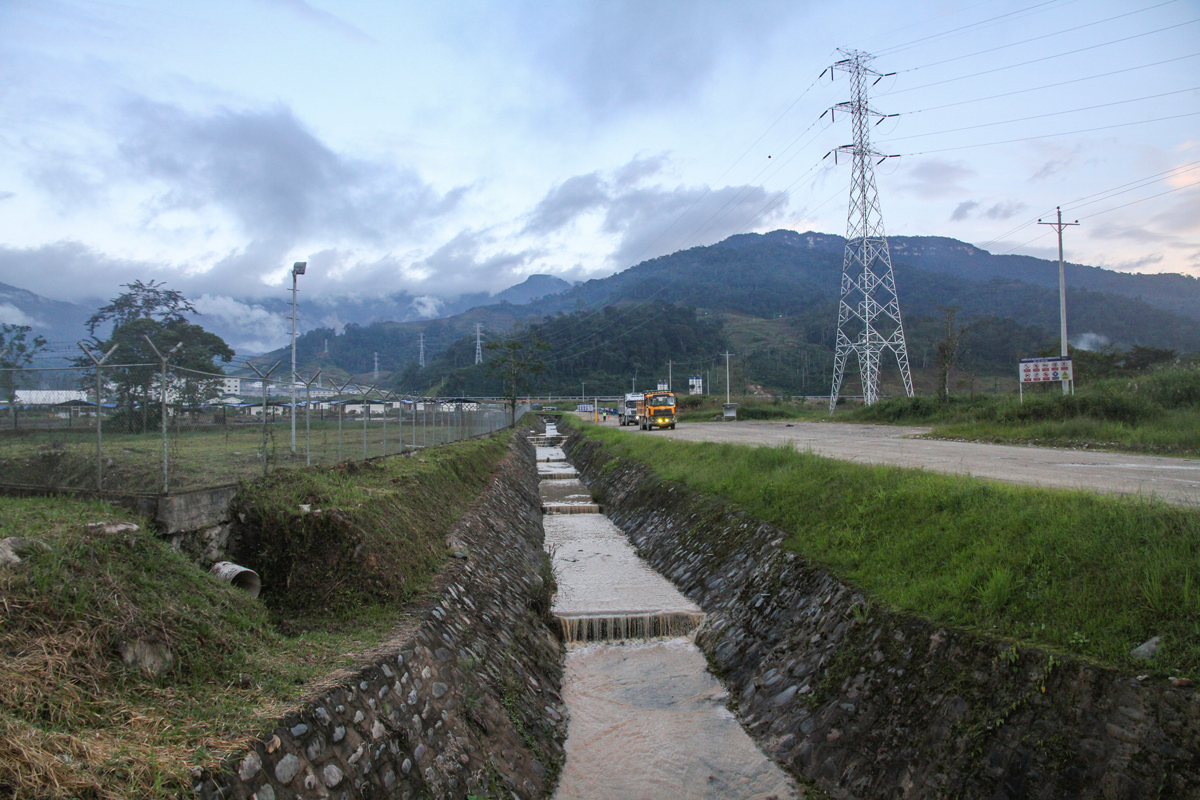

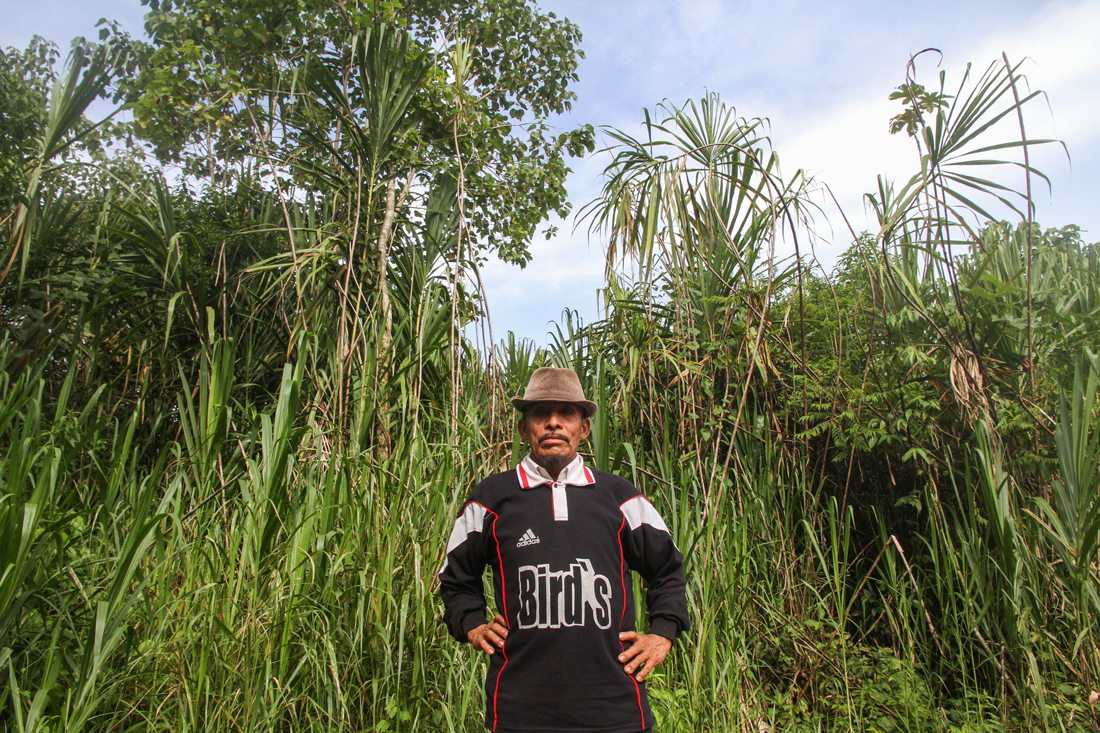

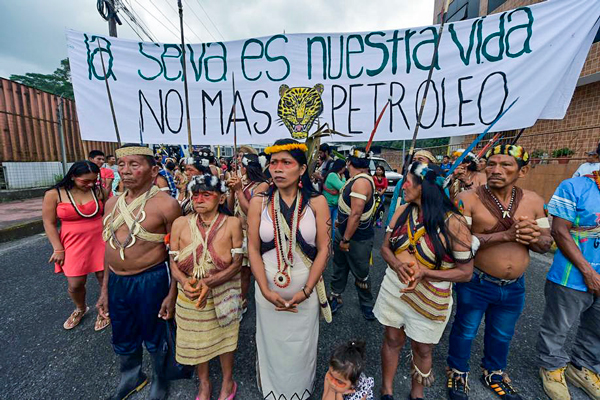


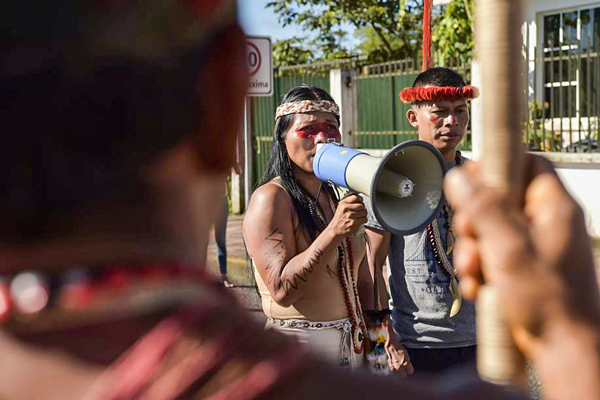
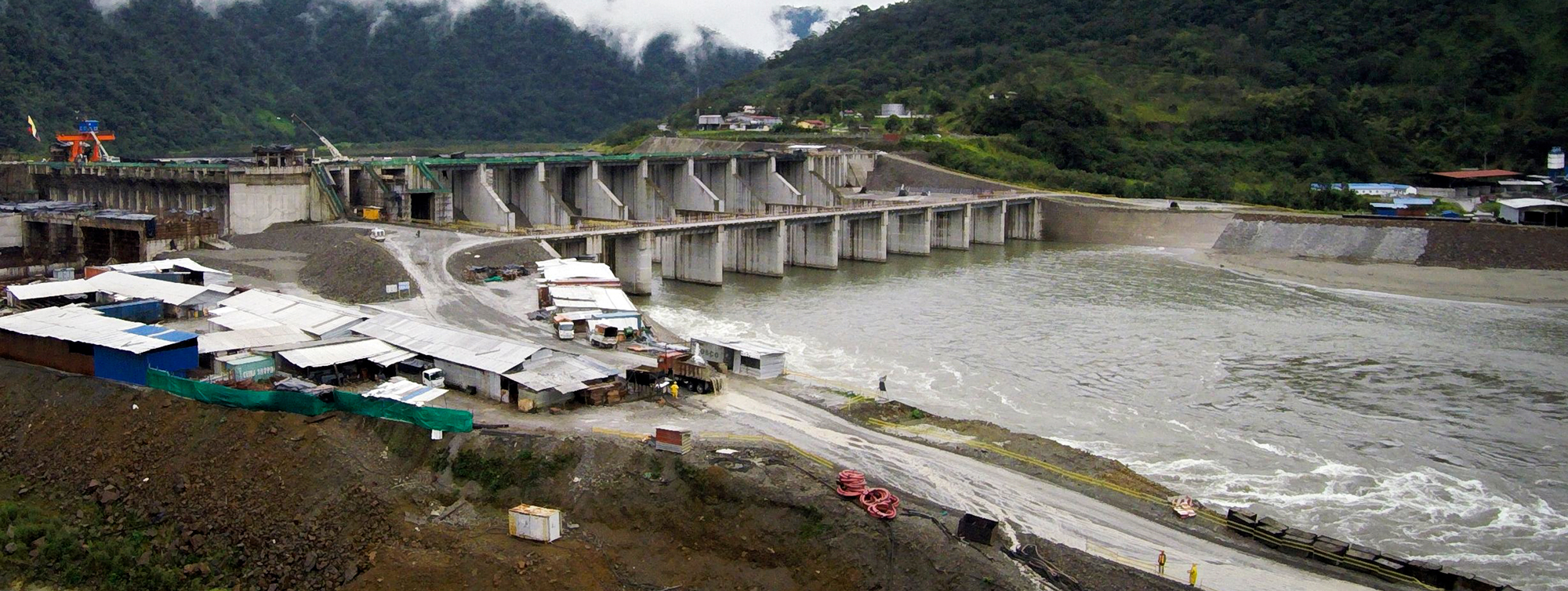
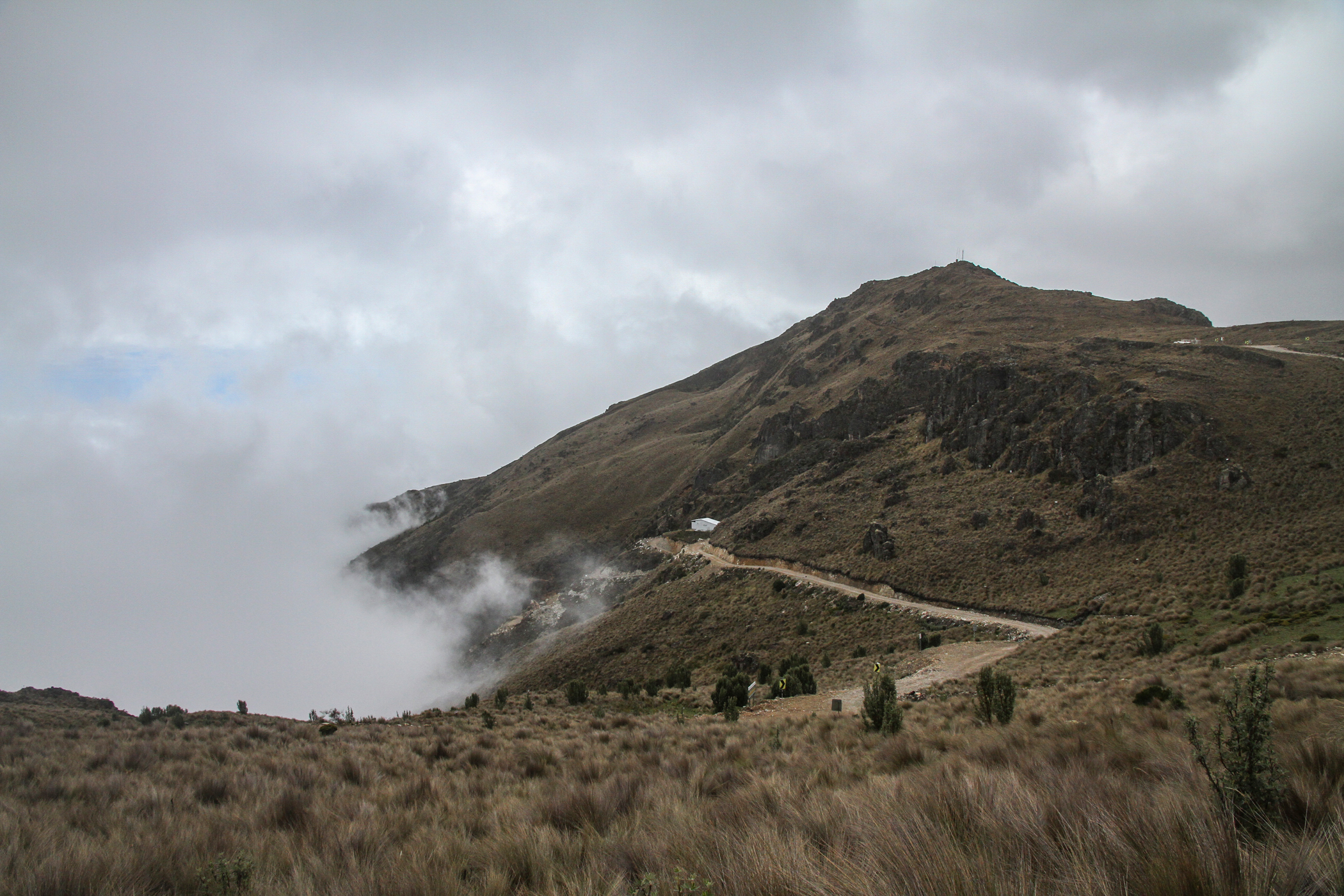
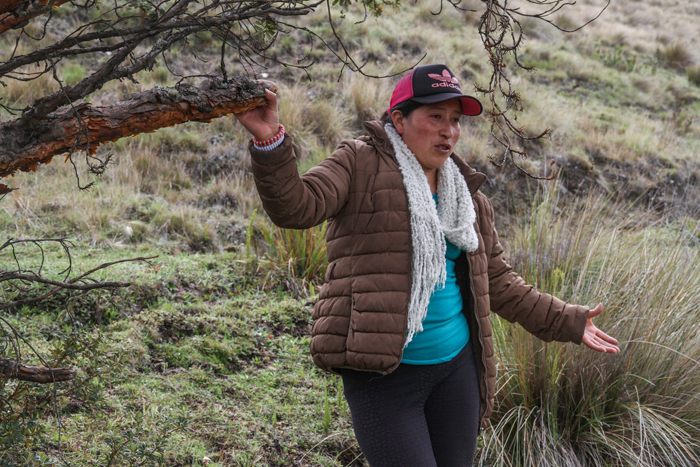
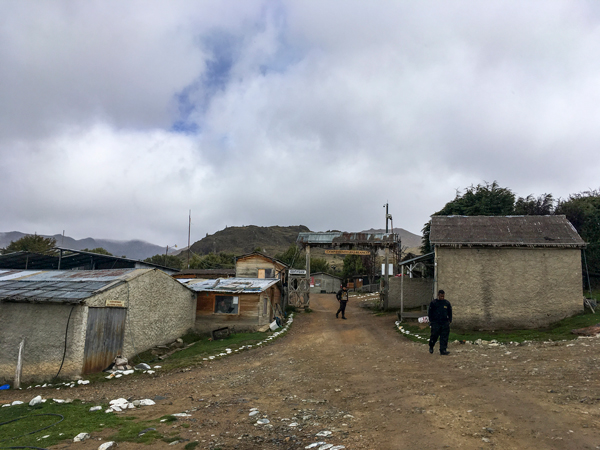
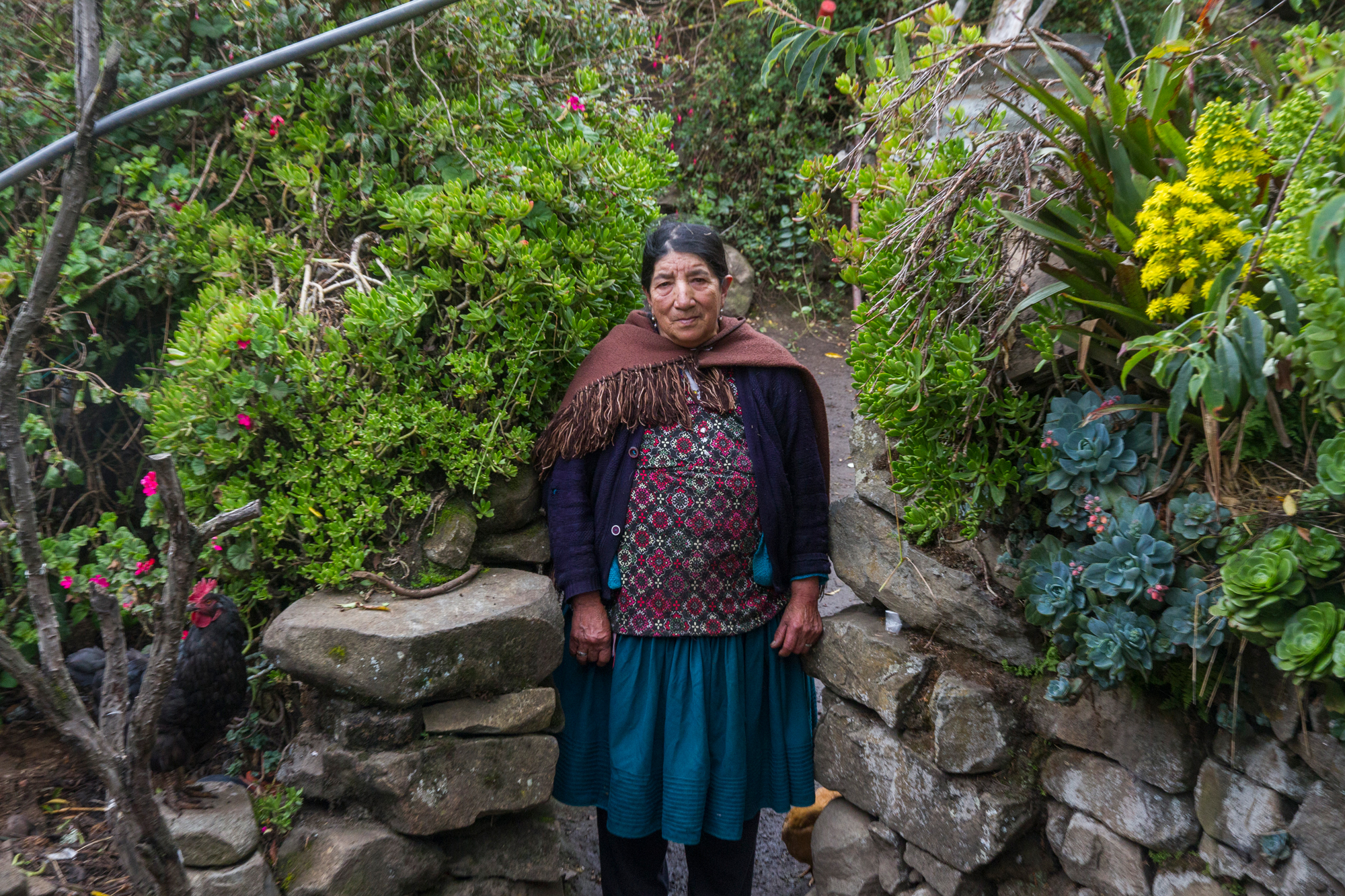

:format(webp)/cdn.vox-cdn.com/uploads/chorus_image/image/63914262/47926144123_2a828b66d5_o.0.jpg)